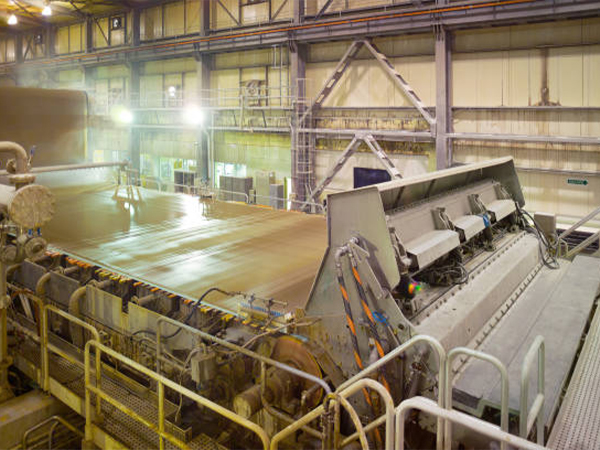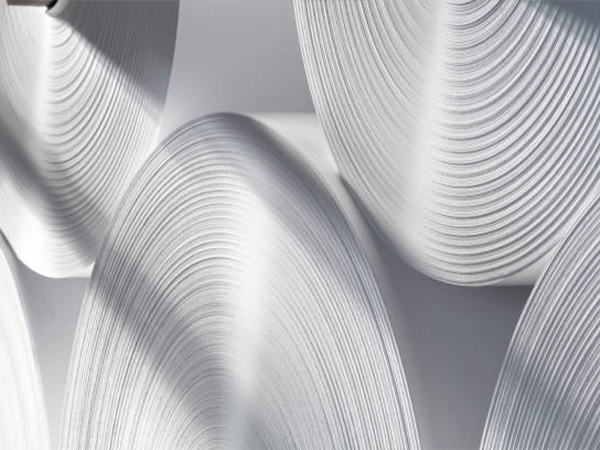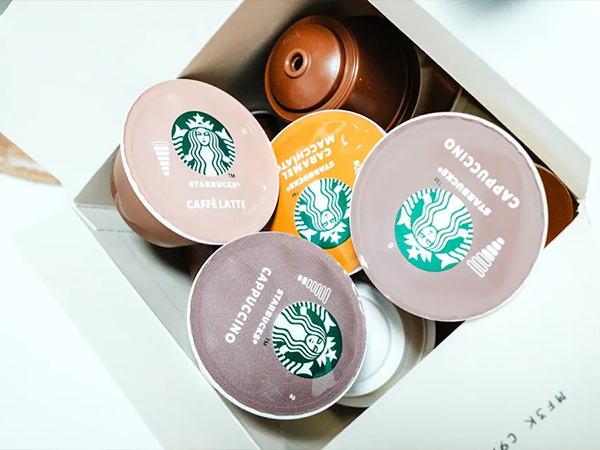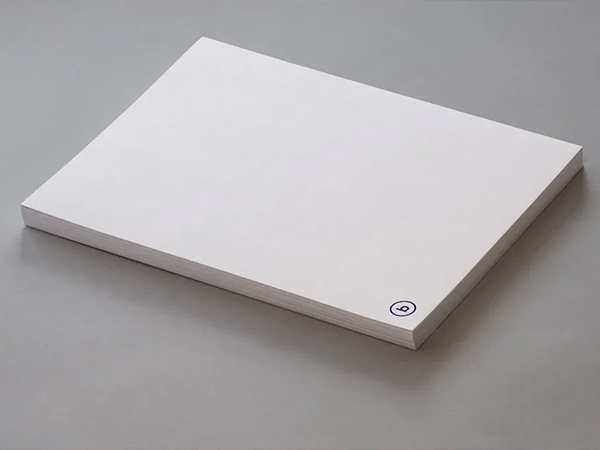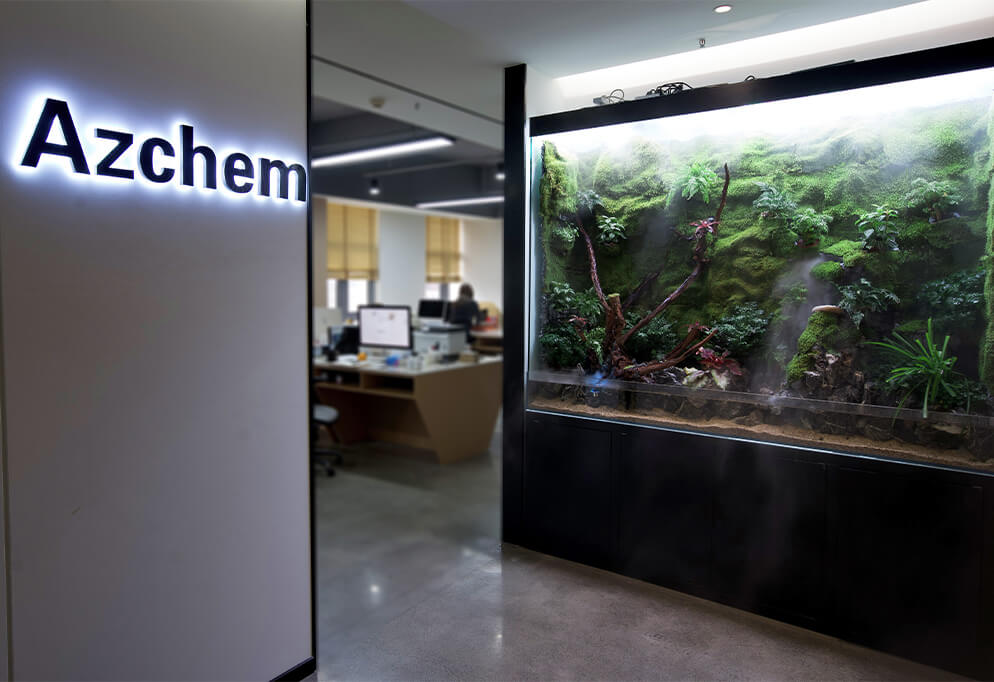- ASA or AKD
Added to the wet-end system of the paper machine to improve water resistance of paper, reduce ink penetration, and enhance inkjet printing and offset printing performance. - Cationic Starch
Added to the wet-end system to improve dry strength properties such as tensile and tear strength. It enhances fiber bonding, reduces delamination, linting, and dusting, and improves chemical retention efficiency. - Disulfonated Optical Brighteners (OBA)
Added to the mixing tank or wet-end system. It binds well with fiber to enhance paper brightness and improve visual appearance. - Hexasulfonated OBAs
Applied during surface sizing to enhance brightness and improve overall appearance. - Retention Aids
Improve the first-pass retention rate and ash content, reduce loss of fine fibers, fillers, and chemicals, enhance the efficiency of wet-end chemicals, and lower papermaking costs. - Kaolin Clay
Often used with retention aids to improve total system retention and dewatering perf - ormance, saving steam consumption and reducing cost.
- Defoamers
Applied in the approach flow and white water system to eliminate foam, improve dewatering and sheet formation, and reduce paper defects like pinholes, increasing machine efficiency and lowering cost. - Biocides
Used in white water, sealing, and stock preparation systems to control microbial growth and slime. They prevent spoilage and ensure system stability, reducing defects like pinholes, corrosion, and paper breaks. - Ultramarine Blue
Typically used with violet or red dyes and OBAs to adjust paper whiteness and tone, meeting customer requirements. - Violet Dyes
Also used with blue or red dyes and OBAs for tone adjustment. - PAC (Polyaluminum Chloride)
Used in the wet-end system to neutralize charge, fix anionic trash, and improve chemical usage efficiency. - Surface Sizing Agents
Applied in surface sizing process, often combined with surface starch, to improve water resistance, reduce ink penetration, and enhance surface strength and print performance. - Native Starch
The primary raw material for surface sizing. It is processed (enzymatic, acid hydrolysis, or gelatinization) and used to enhance surface strength, reduce ink bleed, and minimize linting/dusting. - Amylase (Starch Enzyme)
Used to degrade starch and lower viscosity, making it suitable for surface sizing formulations. - Deposit Control Agents
Used in white water, cooling water, and approach systems to prevent inorganic scaling and organic buildup, ensuring stable equipment performance. - Felt Cleaners (Acidic/Alkaline)
Maintain felt cleanliness and drainage efficiency, reduce defects and breaks, and improve runnability. - Belt Release Agents
Applied to press section belts to prevent pulp adhesion, ensuring smooth belt operation and higher efficiency. - Scale Inhibitors
Control scaling in water systems to maintain equipment efficiency. - Caustic Soda (NaOH)
Strong alkali used for system cleaning and equipment maintenance. - M350/MS-4 (Filler Preflocculant)
Enhances filler retention while improving paper strength (internal bond, tensile strength), optimizing filler usage and reducing production costs. - Refining Enzymes
Promote fiber fibrillation and swelling, reducing refining energy consumption and time, improving bonding strength, enhancing machine performance, and lowering costs.
